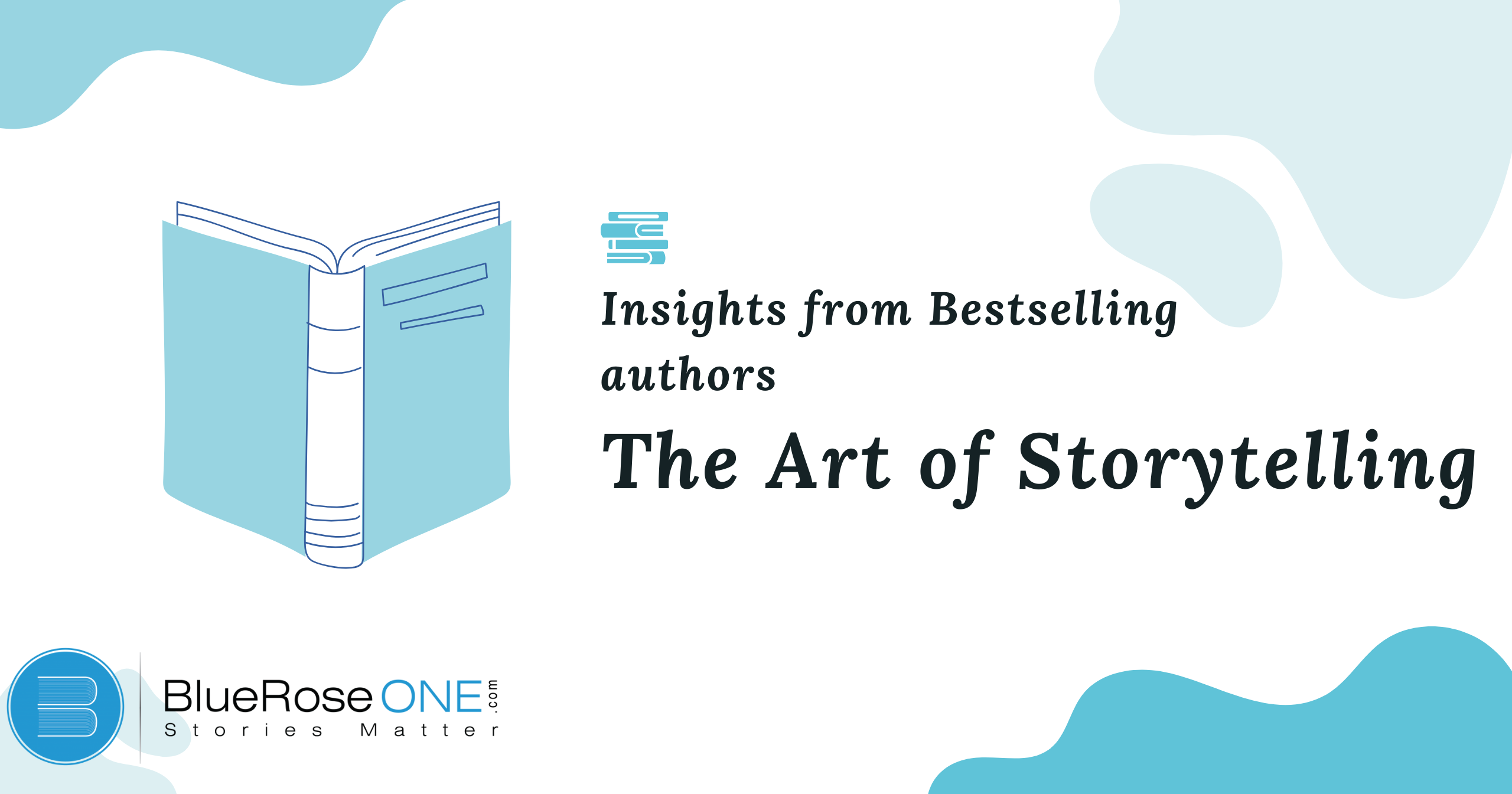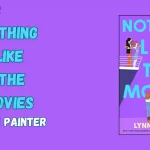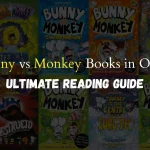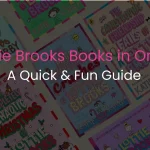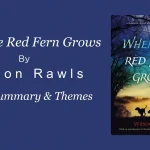For generations, audiences have been enthralled with the ancient art form of storytelling. From the oral traditions of ancient civilizations to the modern-day novels and films, stories have the power to entertain, educate, and inspire.In today’s digital age, where content is constantly consumed and shared, the ability to craft compelling narratives is more important than ever.In this article, we’ll explore the art of storytelling, delving into its essential elements and drawing insights from some of the mo bestselling authors of our time.
Introduction to Storytelling
Storytelling is ingrained in the human experience. Since the dawn of civilization, people have used stories to make sense of the world around them, to pass down knowledge and wisdom, and to connect with one another on a deeper level.
Whether through myths, legends, fairy tales, or epic poems, stories have always served as a means of communication and expression.
Elements of Storytelling
At its core, storytelling is about creating characters, developing plots, and establishing settings that resonate with the audience. These elements form the foundation of any narrative, providing structure and coherence to the story being told.
Characters
In the grand tapestry of storytelling, characters serve as the vibrant threads that weave together narratives, infusing them with life and purpose. As pivotal elements of storytelling, characters embody the essence of human experience, each one a vessel for emotions, dreams, and conflicts.
They drive the plot forward, engaging readers on a deeply personal level, and compelling them to embark on transformative journeys. Through the masterful strokes of bestselling authors, characters transcend the confines of ink and paper, leaping off the page to etch themselves into the hearts and minds of readers.
The importance of characters shines brightly, illuminating the intricate dance between imagination and reality that lies at the core of every unforgettable tale.
You may also like: Strategies for Effective Book Recommendations in Publishing
Plot
The plot is a basic thread that weaves together the essential aspects of the tale, making it stand out in the enormous tapestry of storytelling.
Plots are the foundation of all great stories, from the gripping turns of mystery novels to the heartbreaking arcs of epic tales. According to this guide it is critical to comprehend the nuances of narrative development to become a bestselling authors.
Bestselling authors provide priceless advice on how to write stories that keep readers interested from start to finish, highlighting the significance of character development, tension, and pacing in advancing the story.
The storyline becomes clear as a pillar in this examination of the components of storytelling, taking readers on remarkable excursions into the worlds of the imagination.
Setting
In the intricate tapestry of storytelling, the setting serves as the canvas upon which the narrative unfolds, breathing life into the story’s characters and events.
As we delve into the artistry of storytelling, it becomes evident that the setting is not merely a backdrop but a dynamic force shaping the very essence of the tale.
Bestselling authors understand the paramount importance of crafting immersive and evocative settings that transport readers to captivating worlds, be it the bustling streets of a vibrant city, the serene tranquility of a remote village, or the eerie depths of an enchanted forest.
Through meticulous attention to detail and masterful prose, these bestselling authors weave a rich tapestry of settings that captivate the imagination and invite readers on unforgettable journeys.
You may also like: How to Make Book Design More Appealing to the Reader
Techniques for Effective Storytelling
While the basic elements of storytelling remain consistent, there are various techniques that authors use to bring their stories to life. These techniques help to engage readers, evoke emotions, and create memorable experiences.
Show, Don’t Tell
One of the golden rules of storytelling is to show rather than tell. Instead of simply stating facts or information, bestselling authors use descriptive language and vivid imagery to paint a picture in the reader’s mind. This allows readers to experience the story firsthand, making it more immersive and compelling.
Use of Imagery
Imagery is a powerful tool in the storyteller’s arsenal. By appealing to the senses, authors can evoke emotions, evoke memories, and transport readers to different places and times. Whether it’s describing the scent of a flower, the taste of a meal, or the feel of a gentle breeze, imagery adds depth and richness to the narrative.
Creating Suspense
Suspense is what keeps readers turning the pages late into the night. By withholding information, introducing unexpected twists, and raising stakes, bestselling authors can create tension and anticipation, driving the story forward and keeping readers on the edge of their seats.
You may also like: The Rise of Self-Publishing and What it Means for Authors
Insights from Bestselling Authors
To truly understand the art of storytelling, it’s helpful to look to those who have mastered it. Some of the most successful and bestselling authors of our time have shared valuable insights into their craft, offering lessons and inspiration for aspiring storytellers everywhere.
Stephen King
Stephen King is widely regarded as one of the greatest storytellers of our time. With over 350 million copies of his books sold worldwide, his novels have captivated readers for decades. King’s approach to storytelling is characterized by his emphasis on character development, his use of everyday language, and his skill in building tension and suspense.
J.K. Rowling
J.K. Rowling is best known for her beloved Harry Potter series, which has sold over 500 million copies worldwide and inspired a generation of readers. Rowling’s storytelling strategies include her meticulous world-building, her exploration of themes such as friendship and courage, and her ability to weave mystery and magic into her narratives.
George R.R. Martin
George R.R. Martin is one of bestselling authors of the epic fantasy series “A Song of Ice and Fire,” which has been adapted into the hit HBO series “Game of Thrones.” Martin’s narrative style is characterized by his complex characters, intricate plotlines, and unpredictable twists and turns. His ability to subvert expectations and defy genre conventions has earned him a devoted following of readers.
Learning from the Masters
While each author has their own unique approach to storytelling, there are common themes and techniques that aspiring writers can learn from. Finding inspiration in the works of others, experimenting with different techniques, and honing one’s craft through practice and perseverance are key to becoming a master storyteller in your own right.
You may also like: Top 10 Best Biographies of All Time
Conclusion
Storytelling is both an art and a craft, requiring creativity, skill, and dedication. By mastering the essential elements of storytelling and drawing inspiration from the insights of bestselling authors, aspiring writers can hone their craft and captivate audiences with their own unique stories.
Frequently Asked Questions
A good storyteller is someone who can create compelling characters, create engaging plots, and evoke emotions in their readers.
Practice is key to improving your storytelling skills. Read widely, write regularly, and solicit feedback from others to refine your craft.
Storytelling is a powerful tool in marketing, allowing brands to connect with consumers on a deeper level and differentiate themselves from competitors.
Techniques such as showing rather than telling, using imagery, and creating suspense are all effective ways to engage readers and keep them invested in your story.
While some people may have a natural aptitude for storytelling, it’s a skill that can be learned and developed over time with practice and dedication.

